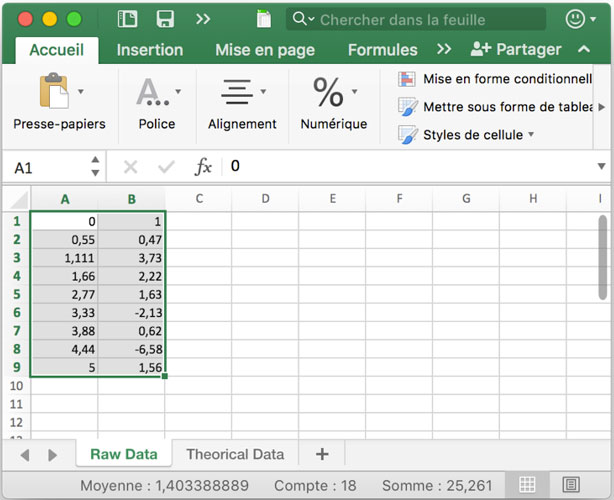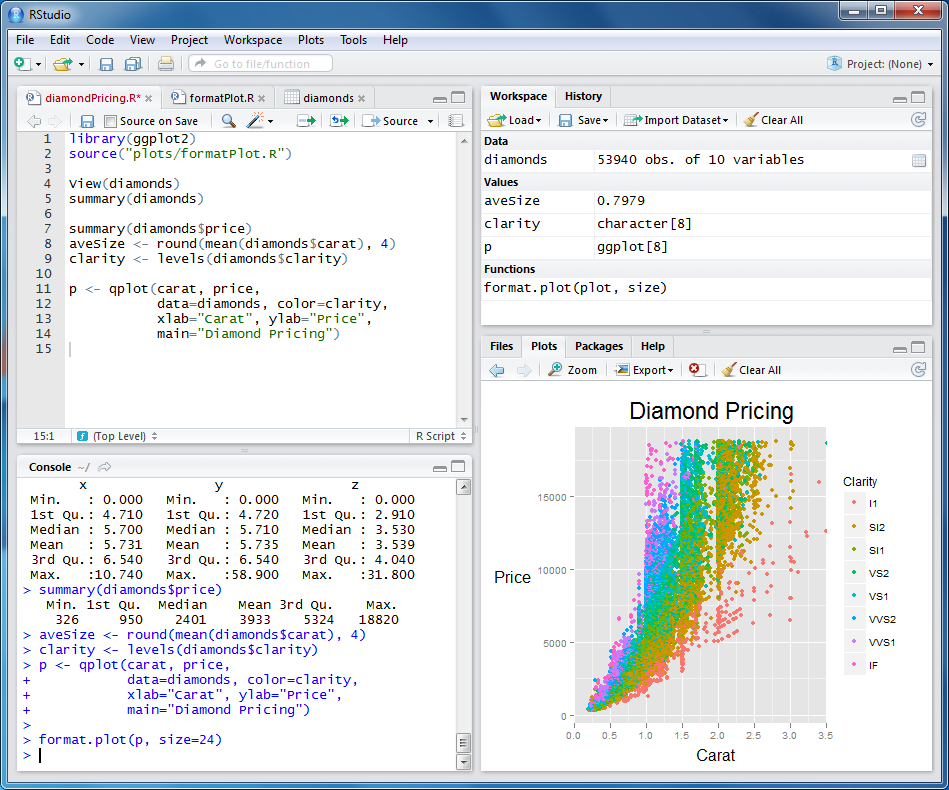

JASP screenshot of an ANOVA performed on a subset of “bugs” data from Ryan, Wilde, and Crist (2013) concerning repulsiveness ratings for sets of frightening and/or disgusting insects.

Additional analyses are continually added to JASP, such that it will quickly become a comprehensive alternative to SPSS.įigure 1. This set of analysis tools provides a solid base for most students and researchers. At time of writing, JASP version 0.6 implements the following analysis tools in both their classical and Bayesian manifestations: JASP distinguishes itself from SPSS by being as simple, intuitive, and approachable as possible, and by making accessible some of the latest developments in Bayesian analyses.
#OPEN SOURCE STATISTICAL SOFTWARE FOR MAC FREE#
With a European Research Council grant, our project “Bayes or Bust: Sensible Hypothesis Tests for Social Scientists” has allowed us to develop JASP, a free and open statistical software package designed to be familiar to users of SPSS. These emerging issues are unfortunate for the SPSS user base, but at the same time they create an opportunity for the scientific community to produce a compelling alternative. The SPSS menu system remains deep and complex, analysis options are not always intuitively labeled, and SPSS often produces substantial output, requiring users to engage in a quest to find the values of interest. Similarly, SPSS has not kept pace with trends toward ease and simplicity in user-interface design. Although statisticians have proposed many useful analyses in the last few years, many of these proposals remain unavailable in SPSS. More recently, however, SPSS has not been as actively developed as it once was. Over the years, this ability to adapt and change has allowed SPSS to remain relevant and helpful for both teaching and research.
#OPEN SOURCE STATISTICAL SOFTWARE FOR MAC WINDOWS#
Finally, with the ascent of Microsoft Windows and other graphical operating systems, SPSS became equipped with a graphical user interface. As computing advanced, SPSS continued to keep pace next, it became available for mainframe environments, and then, with the rise of the “personal computer,” SPSS became available for command-based DOS environments. Its pedigree reaches back as far as the 1960s, when SPSS was first programmed with punch cards. The last few decades have witnessed the growth of SPSS as the statistical software of choice across a wide range of academic disciplines. Current members of the JASP team, Amsterdam division, are, from left to right, Quentin Gronau, Dora Matzke, Ravi Selker, Eric-Jan Wagenmakers, Alexander Ly, Maarten Marsman, Tahira Jamil, and Jonathon Love.


 0 kommentar(er)
0 kommentar(er)
